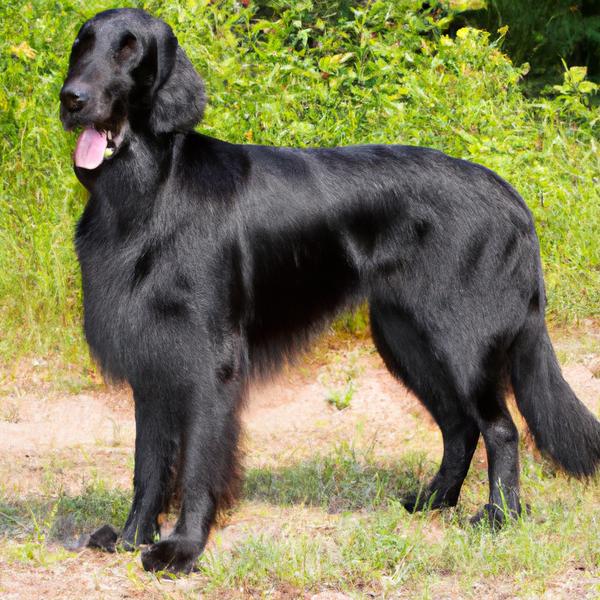Flat-Coated Retriever vs. Schnese: Breed Differences and Similarities
Hypoallergenic
Are Flat-Coated Retrievers or Schneses hypoallergenic, or neither?
Unfortunately, neither Flat-Coated Retriever nor Schnese are hypoallergenic, which may not make them the best choice for dog lovers who suffer from pet allergies.
Temperament
What are the personalities of Flat-Coated Retriever and Schnese dogs?
Friendly
Devoted
Outgoing
Confident
Optimistic
Intelligent
Playful
Energetic
Intelligent
Friendly
Outgoing
Responsive
Affectionate
Lively
Gentle
Companionable
Clever
Sturdy
Amiable
Charming
Shedding Level
Do Flat-Coated Retrievers shed more than Schneses, or which breed sheds more, Flat-Coated Retrievers or Schneses?
Flat-Coated Retrievers are moderate shedders, but regular brushing can reduce shedding and maintain coat health.
Schneses are low shedding dogs, requiring minimal coat care.
Watchdog Ability
Which dog breed makes a better watchdog, the Flat-Coated Retriever or Schnese?
Choose a Flat-Coated Retriever if you want a top-notch watchdog. This breed takes guarding seriously, and may not require much training, though obedience or guard dog training can improve their skills.
Schneses aren't great guard dogs; they tend to just watch without taking action.
Ancestry
What are the origins of Flat-Coated Retriever and Schnese breeds?
retriever, newfoundland water dog
Miniature Schnauzer, Havanese
Breed recognition
Which kennel clubs recognize/register Flat-Coated Retriever and Schnese?
American Canine Registry
American Kennel Club
America's Pet Registry
Canadian Kennel Club
Dog Registry of America Inc.
Federation Cynologique Internationale
Kennel Club of Great Britain
North American Purebred Registry, Inc.
American Canine Association, Inc.
Australian National Kennel Council
Continental Kennel Club
National Kennel Club
New Zealand Kennel Club
United Kennel Club
Canadian Canine Registry
ACHC = American Canine Hybrid Club
DBR = Designer Breed Registry
DDKC = Designer Dogs Kennel Club
DRA = Dog Registry of America, Inc.
IDCR = International Designer Canine Registry®
Date of Birth
When were Flat-Coated Retriever and Schnese breeds first developed?
1800s
Unknown
Eye Color Possibilites
What are the eye colors of Flat-Coated Retriever and Schnese dogs?
Brown
Brown
Nose Color Possibilites
What are the natural nose colors of Flat-Coated Retriever and Schnese?
Black
Brown
Black
Coat Color Possibilites
What are the natural colors of the coat for Flat-Coated Retriever and Schnese breeds?
Black
Brown
Black
Brown
Gray
Silver
Coat Length
What is the typical coat length for Flat-Coated Retriever and Schnese breeds?
The coat of Flat-Coated Retriever and Schnese dogs falls in the medium-length category.
Coat Density
What is the density of the coat of Flat-Coated Retriever and Schnese?
Coat Texture
What is the hair texture of Flat-Coated Retriever and Schnese?
Straight
Litter Size
What is the usual litter size for Flat-Coated Retriever and Schnese?
A Flat-Coated Retriever can have a litter of 10-13 puppies on average. However, it's worth noting that the size of the litters can vary greatly. Factors that can influence litter size include the health of the mother, breeding history, and genetics.
A Schnese can have a litter of 1-9 puppies on average. However, it's worth noting that the size of the litters can vary greatly. Factors that can influence litter size include the health of the mother, breeding history, and genetics.
Adaptability
Flat-Coated Retriever and Schneses are known for their adaptability and versatility. They are capable of adapting well to a wide range of lifestyle changes and living environments, making them great companions for families and individuals of all lifestyles.
Health Issues
Between Flat-Coated Retriever and Schnese, which breed is more prone to health problems?
The Flat-Coated Retriever breed is generally very healthy, requiring minimal vet visits. Still, it's important to keep an eye on their health and seek veterinary care when needed.
While the Schnese breed is generally healthy, occasional vet check-ups are still necessary to address any health concerns.
Major Concerns
What are the major health concerns for Flat-Coated Retriever and Schnese breeds?
Hip Dysplasia
Bloat
Cancer
Urolithiasis
Von Willebrand's Disease
Portosystemic Shunt
Sick Sinus Syndrome
Myotonia Congenita
Minor Concerns
What minor health issues should be kept in mind when owning Flat-Coated Retriever and Schnese?
Distichiasis
Glaucoma
Histiocytosis
Patellar Luxation
Deafness
Megaesophagus
Heart Conditions
Legg-Calve Perthes Disease
Liver Problems
Joint Dysplasia
Occasional Tests
What occasional tests are recommended for Flat-Coated Retriever and Schnese breeds?
Eye
Hip
Blood Test
Physical Examination
Complete Blood Count
Brain Auditory Evoked Response (BAER)
Internal Imaging (x-ray, CT scan, MRI, etc.)
Blood And Urine Analysis
Ear Tests and Myringotomy Tests
Yearly Physical Examination
Eye Examinations (both internal as well as external)
X-rays of various parts of the skeletal system
Dental and Oral Examinations
Echocardiography (ultrasound)
Energy
How do the energy levels of Flat-Coated Retrievers and Schneses compare?
Flat-Coated Retrievers thrive on an active lifestyle due to their high-energy nature.
Schneses' high energy levels make them unsuitable for a low-key dog, choose accordingly.
Social Needs
Flat-Coated Retriever vs Schnese social needs comparison
Flat-Coated Retriever has average social needs and is less independent than other breeds.
Schnese has very high social needs and requires regular mental and physical stimulation, a job or purpose, and companionship.
Exercise Needed
Flat-Coated Retriever vs Schnese exercise need comparison.
Flat-Coated Retrievers need high physical activity and are ideal for active individuals, but not suitable for sedentary lifestyles or small apartments.
Schneses need moderate physical activity and are great for families and active individuals.
Sleeping Need
Which of the two sleeps the most/least: Flat-Coated Retriever or Schnese?
Flat-Coated Retrievers are active and require sufficient sleep to stay healthy.
Schneses have moderate energy levels and typical sleep patterns of 12-14 hours per day.
Tendency to Bark
Do Flat-Coated Retrievers or Schneses bark more/less frequently?
Flat-Coated Retrievers bark moderately when necessary and may also bark due to certain triggers like fear, alarm, boredom, greeting, separation anxiety and compulsive barking.
Schnese dogs are generally less vocal than other breeds and only bark when necessary, such as to alert their owner or communicate.
Mouthiness
Mouthiness Comparison: Flat-Coated Retriever vs Schnese?
Roaming urge
Flat-Coated Retriever vs Labrador: Running away tendency?
Prey Drive
Flat-Coated Retriever or Schnese - which breed has a higher level of prey drive?
Past times
What are some enjoyable activities and ways to keep Flat-Coated Retriever and Schnese entertained?
Chase, Play, Catch treats, Walk
Walk, Walks, Toys, Sticks
Activity Level
Which breed has higher energy, Flat-Coated Retrievers or Schneses?
Both Flat-Coated Retriever and Schnese are medium-energy dogs that enjoy socializing and playing with other dogs. They may engage in casual or sustained games of chase, and occasionally have bursts of barking or racing around the house.
Tolerance of being left alone
Walks per Week
How many miles should Flat-Coated Retriever or Schnese walk each week?
There's really no limit to how far you walk your dog as long as they're comfortable. For Flat-Coated Retriever, it's at least 10 miles / week. Just remember to build distance and stamina gradually over time.
There's really no limit to how far you walk your dog as long as they're comfortable. For Schnese, it's at least 7 miles / week. Just remember to build distance and stamina gradually over time.
Activity per Day
Do Flat-Coated Retrievers or Schneses require more exercise?
Both Flat-Coated Retriever and Schnese typically require a minimum of 60 minutes of exercise each day. The exercise can be spread throughout the day and may involve high-energy activities like walking, running, and playing.
Grooming
Which breed is easier to maintain in terms of grooming, Flat-Coated Retrievers or Schneses?
Flat-Coated Retriever and Schnese are breeds of dogs that are known for their low grooming needs.
Brushing Frequency
What is the recommended brushing frequency for Flat-Coated Retriever and Schnese dogs?
Flat-Coated Retriever should be brushed at least once a week. Of course you can give them more frequent brushes if you find that they are still shedding a lot
Ideally, Schnese should be brushed at least 2 or 3 times a week (preferably daily) improve shedding.
Brushing Tools
What brushing tools are used for Flat-Coated Retrievers and Schneses?
Pin Brush
Dematter
Comb
Nail Clipper
Pin Brush
Dematter
Deshedder
Nail Clipper
Cups
How much food should be given to Flat-Coated Retriever or Schnese in cups?
For an average 60-80 pound (27 - 36 kg) Flat-Coated Retriever feed 3.2 cups daily. But, keep in mind, the amount you feed is going to be dependent on the quality of the food you are feeding.
For an average 7-15 pound (3 - 7 kg) Schnese feed 1 cups daily. But, keep in mind, the amount you feed is going to be dependent on the quality of the food you are feeding.
Daily Cost
Which breed has a higher daily cost, Flat-Coated Retriever or Schnese?
The average cost of a Flat-Coated Retriever is somewhere $2.10 - $2.70 per day.
The average cost of a Schnese is somewhere $1.10 - $1.40 per day.
Monthly Cost
Which breed has a higher monthly cost, Flat-Coated Retriever or Schnese?
The average per month expenses of a Flat-Coated Retriever is between $55 - $73. This makes an average of $660 - $876 per year. It will be on the higher side when the dog is still small because it will need more frequent visits to the vet, shots.
The average per month expenses of a Schnese is between $35 - $42. This makes an average of $420 - $504 per year. It will be on the higher side when the dog is still small because it will need more frequent visits to the vet, shots.
Intelligence
Comparing Intelligence: Flat-Coated Retrievers vs Schneses
The Flat-Coated Retriever and Schnese breeds are considered very intelligent and easy to train.
Sensitivity Level
How do Flat-Coated Retriever and Schnese compare in sensitivity?
These dog breeds are particularly attuned to its environment and the emotions of those around it. Flat-Coated Retriever and Schnese can be easily overwhelmed by loud noises, new environments, unfamiliar people, or animals. This dog breed is best suited for individuals or families who are patient, gentle, and understanding of its sensitive nature. It may also benefit from a calm and stable home environment, with a consistent routine and plenty of positive reinforcement training.
Affection Dependance
Which is the more affectionate dog breed: Flat-Coated Retriever vs Schnese?
Apartment Friendly
Which breed is more apartment-friendly: Flat-Coated Retriever or Schnese?
The Flat-Coated Retriever is not suitable for apartments and requires a large yard to thrive. Pent-up energy in small spaces can lead to destructive behavior.
Schneses make excellent apartment dogs, being fairly active indoors and not requiring a yard.
Child Friendly
Do Flat-Coated Retrievers or Schneses have a friendlier temperament towards children?
Flat-Coated Retrievers are good with kids if socialized and trained from a young age.
Schneses make excellent family pets for kids due to their gentle, protective nature and calm temperament.
Senior-friendly
Which dog is more suitable as a pet for the elderly - Flat-Coated Retriever or Schnese?
Cat Friendly
Do Flat-Coated Retriever or Schnese breeds have a better compatibility with cats?
Flat-Coated Retrievers are average in their friendliness toward cats and tend to do well with them, especially if raised together.
Schneses are good with cats, but early training is needed to prevent chasing behavior.
Dog Friendly
Which breed is more sociable with other dogs: Flat-Coated Retriever or Schnese?
Flat-Coated Retrievers and Schneses are friendly, active and loyal companions. They generally love to be around other dogs, making them a good family pet for some.
Pet friendly
How do Flat-Coated Retriever or Schnese dogs interact with other pets?
Stranger Friendly
Which breed is more friendly with strangers: Flat-Coated Retriever or Schnese?
Flat-Coated Retrievers are friendly but may bark at strangers, and training is easy due to their intelligence.
Schneses are averagely friendly around strangers but benefit from early socialisation.
Playfulness
Which breed is more playful between Flat-Coated Retriever and Schnese?
Flat-Coated Retriever and Schnese are known to be highly playful dogs. So if you're not up for all that, think about adopting slightly older Flat-Coated Retriever and Schnese for a mellower experience.
Trainability
How do the trainability levels of Flat-Coated Retrievers and Schneses compare?
Flat-Coated Retriever and Schnese dogs are known for their ease of training and ability to learn quickly, making them a popular choice for pet owners and trainers alike.
Compare Flat-Coated Retriever with other breeds
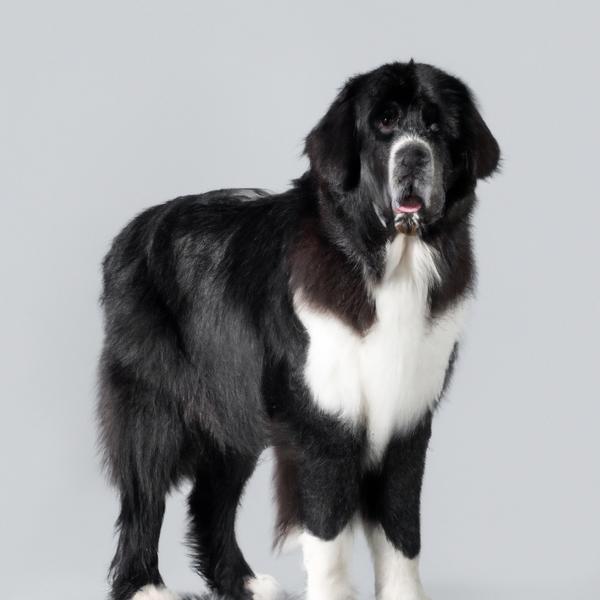
Border Newfie
Flat-Coated Retriever vs Border Newfie
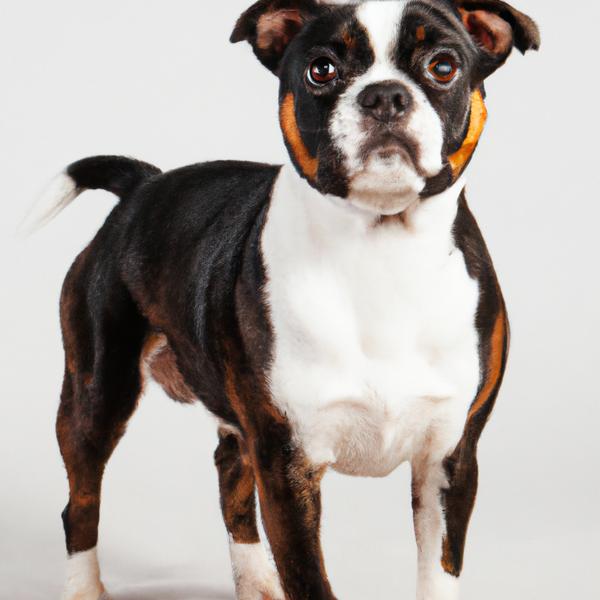
Bullhuahua
Flat-Coated Retriever vs Bullhuahua
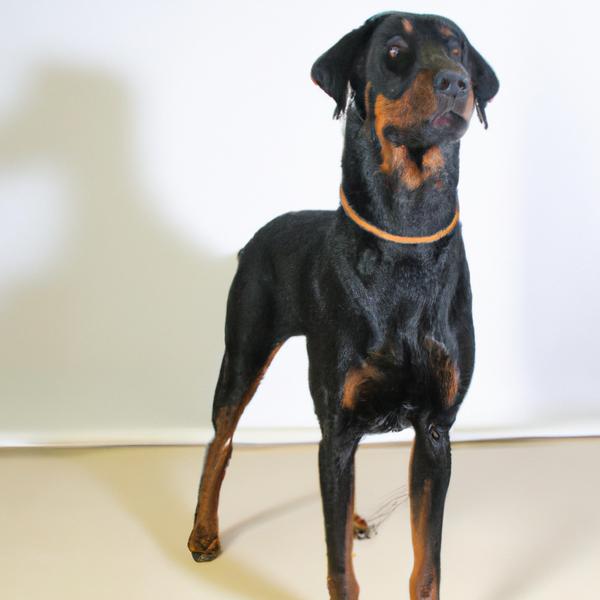
Weston
Flat-Coated Retriever vs Weston
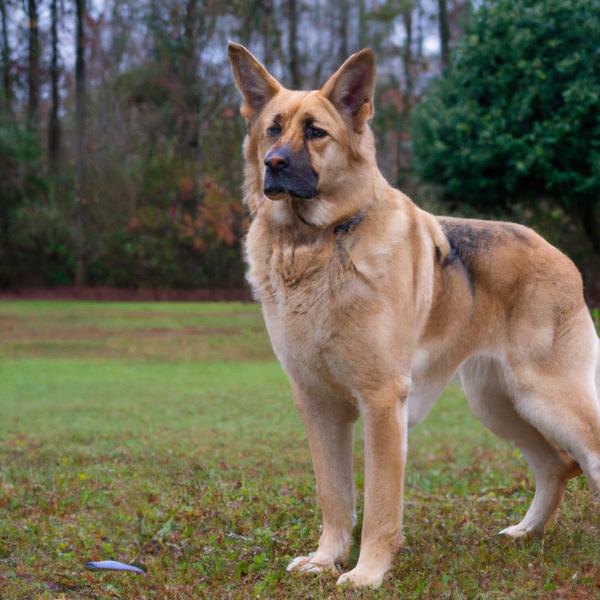
Golden Shepherd
Flat-Coated Retriever vs Golden Shepherd
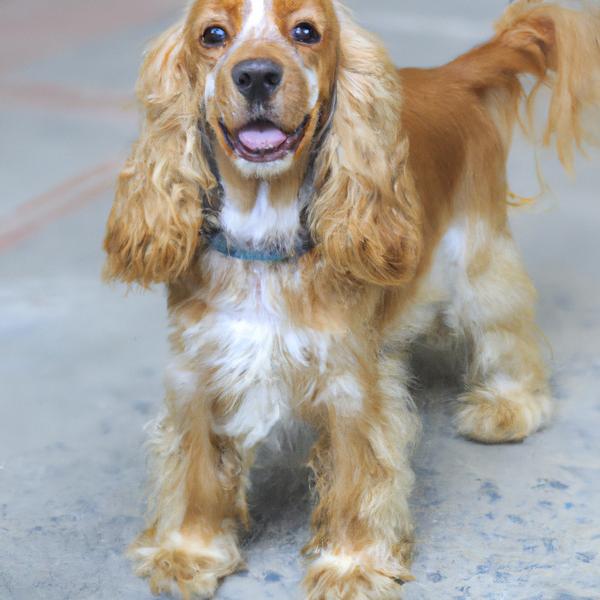
Cocker Jack
Flat-Coated Retriever vs Cocker Jack

Mali-dutchie
Flat-Coated Retriever vs Mali-dutchie
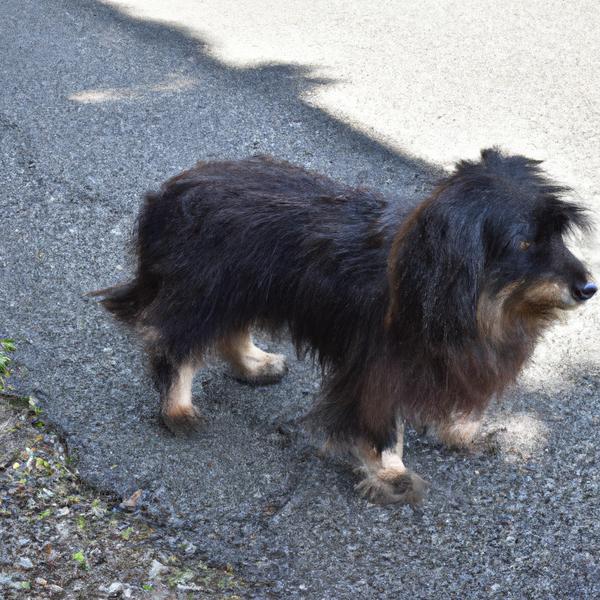
Schnese
Flat-Coated Retriever vs Schnese
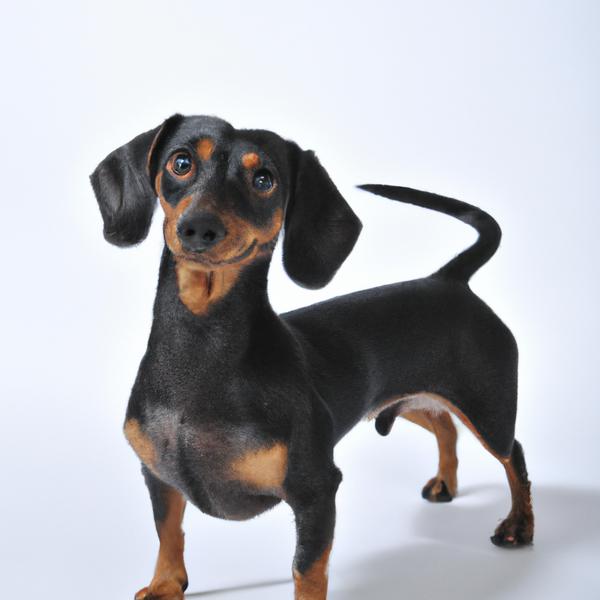
Doxie-Pin
Flat-Coated Retriever vs Doxie-Pin
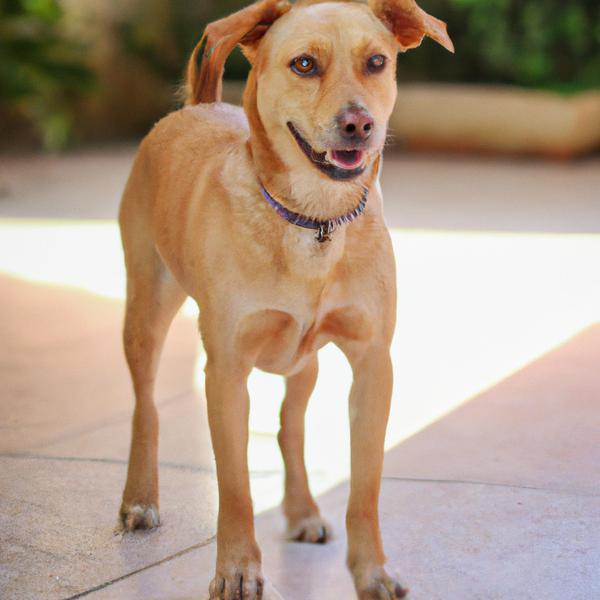
Labrahuahua
Flat-Coated Retriever vs Labrahuahua
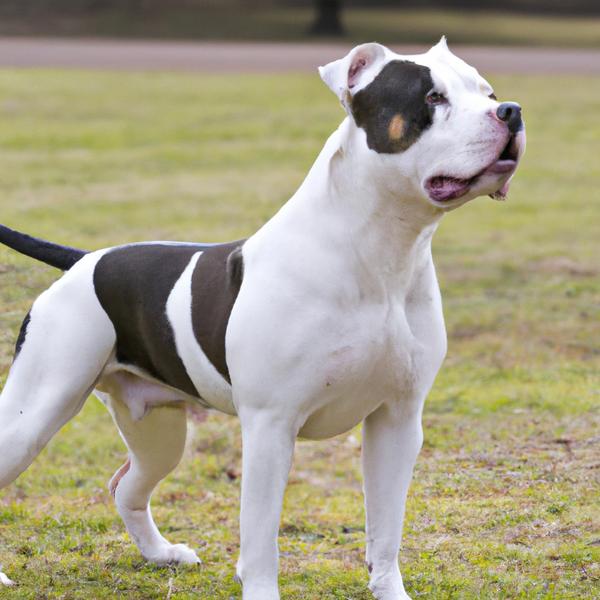
American Bull-Jack
Flat-Coated Retriever vs American Bull-Jack
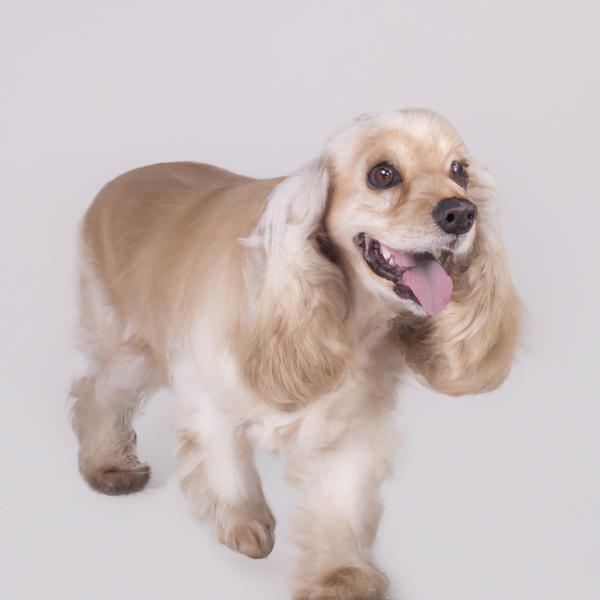
Lha-Cocker
Flat-Coated Retriever vs Lha-Cocker
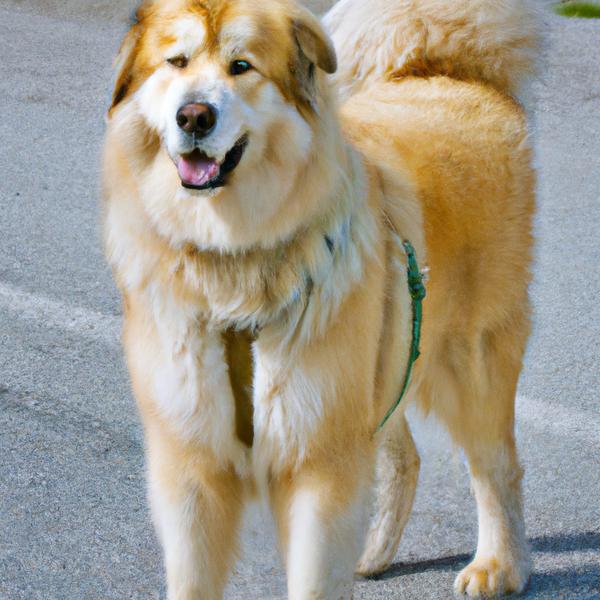
Alaskan Goldenmute
Flat-Coated Retriever vs Alaskan Goldenmute
